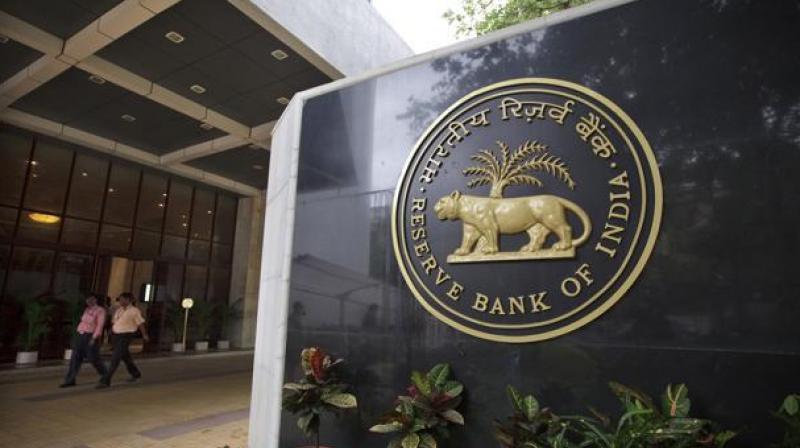What is Insolvency and Bankruptcy Code 2016
IBC that was passed in May 2016 replaced three existing laws on insolvency and bankruptcy.

Mumbai: Insolvency and Bankruptcy Code 2016 is a law that was implemented through an act of Parliament. IBC got Presidential assent in May 2016 and was put into effect after that. Certain provisions of the act were imposed in August in the same year.
Of late, the IBC has been in news as the issue of how to tackle $150 billion bad loans has taken a centre point in the what-to-do-list of India's financial sector, particularly the ailing banking sector. Here are key facts that you should know as to how and for who a proceeding under IBC is initiated.
-- The Code highlights insolvency processes for individuals, companies and partnership firms. It may be noted that, under IBC debtor and creditor both can start 'recovery' proceedings against each other.
-- Companies have to complete the entire insolvency exercise within 180 days under IBC. The deadline may be extended if the creditors do not raise objections on the extension.
-- For smaller companies including startups with an annual turnover of Rs 1 crore the whole exercise of insolvency must be completed in 90 days and the deadline can be extended by 45 days.
-- Insolvency and Bankruptcy Board of India has been appointed as a regulator and it can oversee these proceedings. IBBI has 10 members; from Finance Ministry and Law Ministry the Reserve Bank of India.
-- IBC permits hiring services of licensed professionals who have total control over assets of debtor while the proceedings are going on at a tribunal.
-- Two tribunals have been authorised to resolve insolvency issues and pronounce their judgement on them. One is National Company Law Tribunal for companies and the other Debt Recovery Tribunal for individuals.

